Why Do You Need An SSL Certificate? Semalt Knows The Answer!
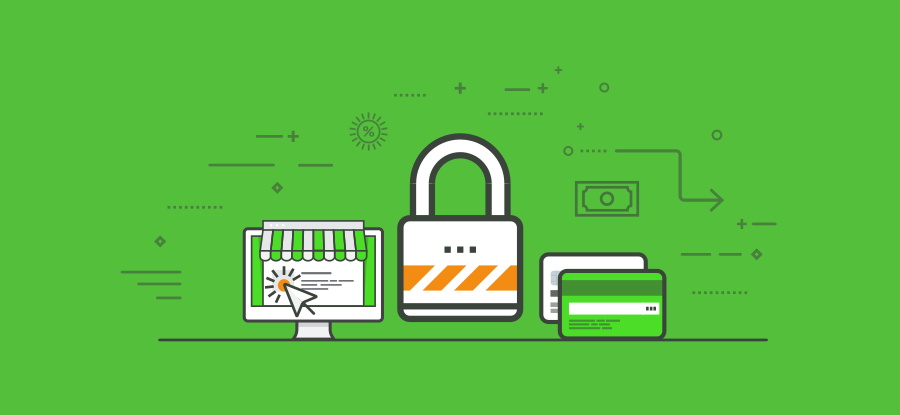
Protect your business from an attacker
You've surely seen the beginning of a website address line- HTTP and HTTPS. These letters indicate the data transfer protocol in the World Wide Web. This is an instruction for data interchange between the client's browser and the server, which determines the type of data and information exchanges between them. HTTP is a regular protocol that works by default. You input personal information on the website, and the browser moves it to the server. HTTPS is a secure version of a data transfer protocol, which can be decrypted while applying a special key. This is the SSL protocol, it activates the installation of the SSL certificate. It encrypts your personal information before you send it to the site's owner.
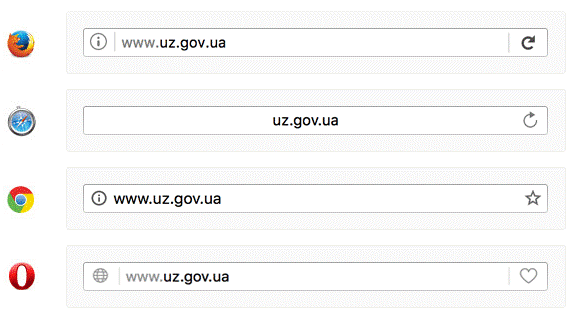
How does SSL affect SEO?
On some websites, a lock image hangs on the page address in the viewer. It is usually either green, gold, or grey. Sometimes this lock is crossed out or completely absent, whereas other times, a green line appears with the name of the firm next to the domain name. A lock or a green line indicates that an SSL certificate is set on the website, and all of the information within the webpage is utilizing a secure protocol. 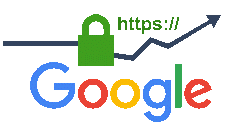

The SSL certificate wards off swindlers from search attacking or replacing users' personal data: contact info, card numbers, logins, passwords, email addresses, etc. Personal data comprises logins and passwords from accounts, bank card numbers, e-mail addresses, and so forth. This implies that the SSL is helpful for the websites of banks, webshops, payment systems, corporations, social networks, state enterprises, virtual forums, and so forth.
SSL is advantageous for the website owner. With it, you can ensure that your website is safe for customers. If a client inputs their personal information on your website, an SSL certification verifies that their information won't be shared with a third party.
How does it work?
Imagine that you are planning a vacation and buying plane tickets on the airline's website. To pay for the order, you input your credit card info. You can not see it, but the browser moves the data to the server. If the message is caught by attackers, they will know the card data and will be able to pay with it on the Web.

To avert this, check if the site is equipped with SSL. If fraudsters snatch the data on your website with a certificate, they will only see an accidental set of signs. Let's give an example of how SSL runs and consider how the HTTPS connection severs.
Any encryption technique is founded on a key. The key is a way to encrypt and decrypt a message. Three keys participate in the work of the SSL protocol- public, private, and session certificates:
- The public key encrypts the message. The viewer uses it to move the user's data to the server. For example, when you input your card information and press "pay", this key is visible to everyone because the browser annexes it to the message.
- The private key decrypts the information. It is applied when the server obtains a message from the browser. This key is located on the server and is never moved along with the message.
- The session key simultaneously enciphers and deciphers messages. The browser creates messages while the user spends time on the website. As soon as the user closes the tab, the session ends, and the key will stop working.
Public and private codes are generated once a certificate issue is requested. Therefore, the private key must be kept securely. If the key falls into the hands of another person, he will be able to decipher the messages, and you will have to reinstall the certificate. Encryption with two various keys is called asymmetric. Using this method is safer but it can make your website run slower. Therefore, the browser and server use it once to create a session key. One-key encryption is called symmetric. This method is convenient but it isn't very safe. Therefore, the browser makes a unique key for each session instead of keeping sessions on the server.
How does the browser and the server make a secure connection?
The browser and the server arrange an SSL-connection each time a user visits a website. It is a quick connection that occurs during a website upload. This process is called the "handshake". The "handshake" occurs when you input a web address into your browser, it asks the server whether a certificate is installed for a website. In response, the server sends general information about the SSL and public key.
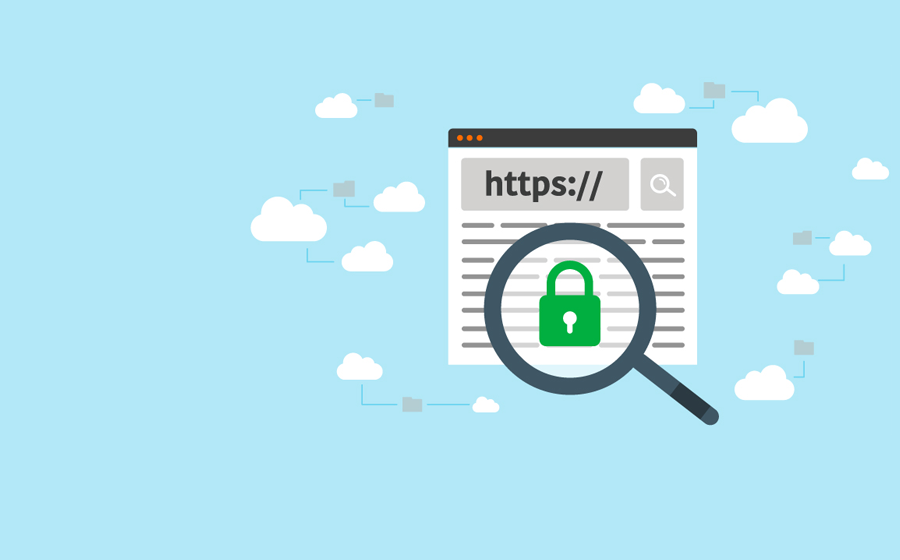
The browser verifies the information with a list of authorized certification centers. Google does this very well. If everything is in order, the viewer generates a session key, enciphers it with a public key, and moves it to the server. The server then decrypts the information and saves the session key. After that, a secure connection is established between the viewer and the website via the HTTPS protocol.
This process is similar to communicating through a front door intercom. You won't let someone in until you ensure that person is your friend. The SSL protocol performs a similar function. The browser will not configure a secure connection to the website until it is persuaded that the certificate is not fake.
An HTTPS-connection works as follows:
- You input the domain name into the browser.
- The server sends the SSL info and domain name.
- The browser verifies it, creates a session key, encrypts it with a public key, and moves it back.
- The server decrypts the session key.
- Now your security is not in danger.
Variety of Certificates
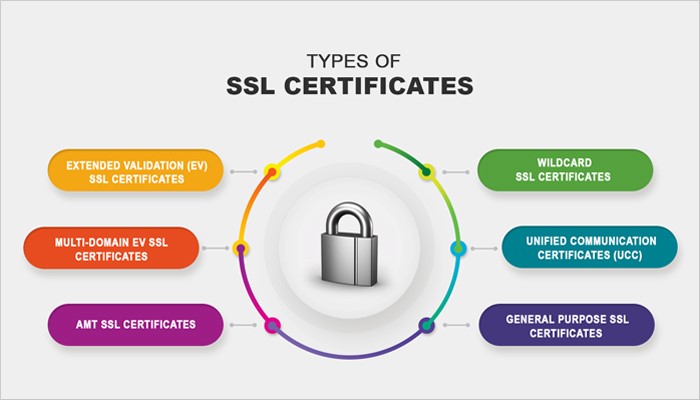
There are several different certificates to protect your web address. Generally speaking, the more expensive the certificate, the better it is. The price is affected by the complexity of the testing and technical capabilities. Therefore, when choosing an SSL, it is recommended to focus on the specifics and size of your website. A certificate with a green line is helpful for commercial enterprises. Whereas, a cheaper one is indispensable for owners of a personal website or blog. Some entrepreneurs merely look for a certificate to guard one page of the website. Others seek simultaneous protection for multiple websites or a larger number of homepages within their subdomain.
Basic SSL
It provides reliable protection for individuals, as well as:
- for a personal website;
- for web application;
- for websites with payment options;
- for a small online store.
A basic SSL certificate is needed if your site accepts online payments. The certificate encrypts card info, passwords, and user contact information. A basic SSL issue takes up to 15 minutes. After it is released, it only needs to be activated and installed.

Comodo Basic SSL can be purchased without checking any company documents. After installation, Basic SSL will automatically protect the primary domain and subdomains. In order to install it, you will have to follow the link, copy the code, and insert it into a special field. This way, the certification authority will make sure you control the entire domain name.
When you go to a website with a Basic SSL certification, a green lock and secure HTTPS connection icon will appear in the browser. Comodo certificates work across all browsers and mobile devices. The trusted seal is a guaranteed sign that there is a secure connection from a certification authority. When it is placed on a website's homepage, it is a signal to customers that their personal information is safe.
If you change the hosting provider, lose the private key, or have your private key become known by a third-party, you will need to reissue the certificate. Basic SSL can be re-issued for free an unlimited number of times. Representatives from Google have noted that an SSL installation on a site affects its ranking. Safe sites rank first in search engines. Since 2014, an HTTPS-connection has begun to influence website's rankings on Google. This means that sites with an SSL certificate have an advantage when appearing in search results.
Level for private persons
An SSL with a domain name verification is right for smaller webpages such as personal websites, blogs, or thematic forums. Semalt experts recommend such certificates if your site's clients create accounts, subscribe to emails, pay for courses, and so on.
Level for small and medium business
An SSL with organization verification is suitable for a corporate website, social network, online store, insurance, or travel agency. Semalt experts recommend such certificates if a client's store personal information on the company's website, correspond with other users, buy goods, or pay for consultations. Certificates with organization verification are issued to individuals and legal entities.
Level for a large commercial enterprise
An SSL with advanced document verification is suitable for a state organization, large online shop, car dealerships, real estate agencies, and a bank or investment fund website. Semalt professionals recommend such certificates if customers are storing money, securities, or bank card information through their website. IT is also recommended for sites where large payments are taken, and personal documents are uploaded. Extended verification certificates are issued only to legal entities. When you go to a website where a green line appears in the viewer with the name of a company, it means the company has been thoroughly tested.
Level for multiple domains
A multi-domain certificate is appropriate for an internal company network, mail server, holding, or trading network. The Semalt experts recommend them to brands that have several sites or a website with pages on subdomains. So you protect all sites with one certificate. By default, the price of a multi-domain certificate comprises from three to five domain names. Their number can be increased. Some ones will protect up to 100 domains or subdomains at the same time. There are three types of multidomain certificates - of the domain verification, the organization, and the green line.

Level for sub-domains
A certificate with subdomain protection is appropriate for the owner of a multi-page corporate website, virtual shop, social network, or trading network website. Semalt professionals recommend that for those who want to guard their main domain and subdomains at the same time, utilize a wildcard certificate. Wildcard certificates are only available for domain and organization verification. To get a green line for pages on subdomains, you need either a multi-domain certificate or several ordinary ones with advanced verification.
How to install an SSL on a client's website?
After you purchase an SSL with Semalt, we will create a request for the issue of a certificate to your account. This process is called activation. One of the activation steps is order verification. It is conducted by a certification authority. When the SSL is issued, it still requires installation on a site. Semalt's experts will answer all of your questions regarding SSL activation, order verification, and installing a certification on your website. Semalt will also help you determine the type of certification that best suits your business. Place your order today to receive:
- security for your website;
- Google Chrome green line;
- privacy protection of your clients;
- quick installation of SSL cert (https) for your website;
- more visitors from Google search engine.
Semalt offers three versions of SSL - Basic, Standard and Premium. You can get acquainted with the installation conditions on the corresponding page of our website. Guard yourself and your business today to get more income tomorrow.